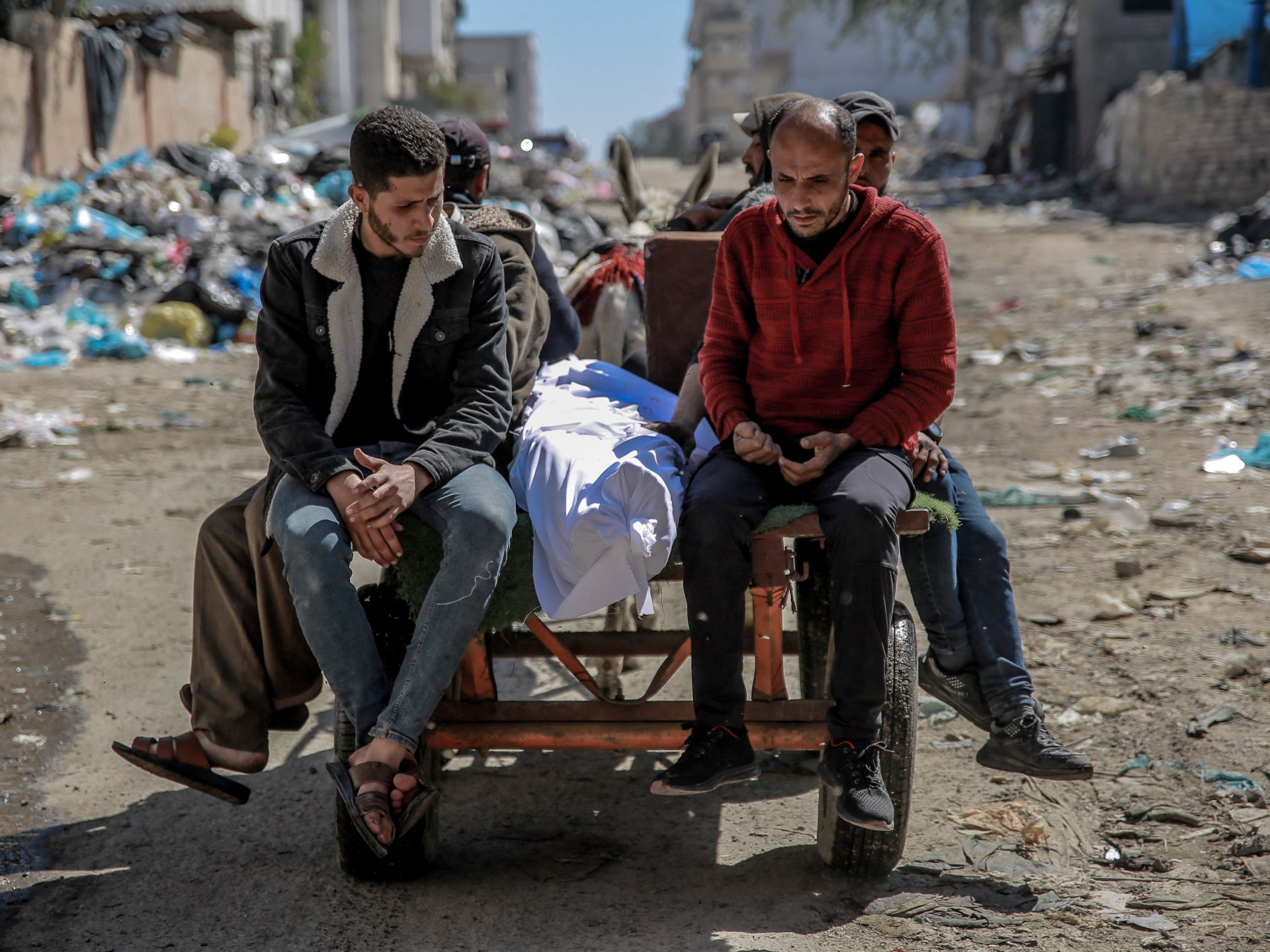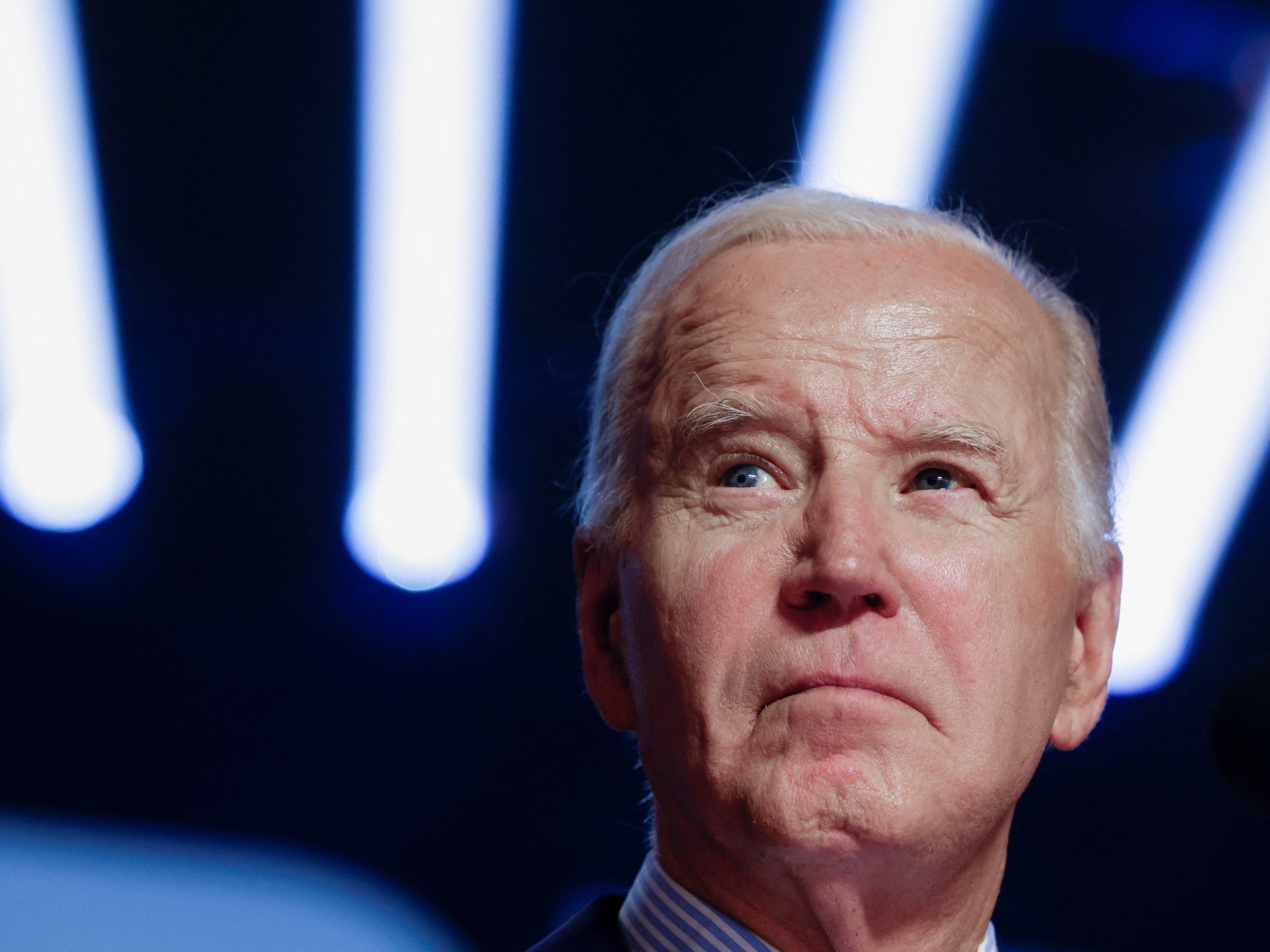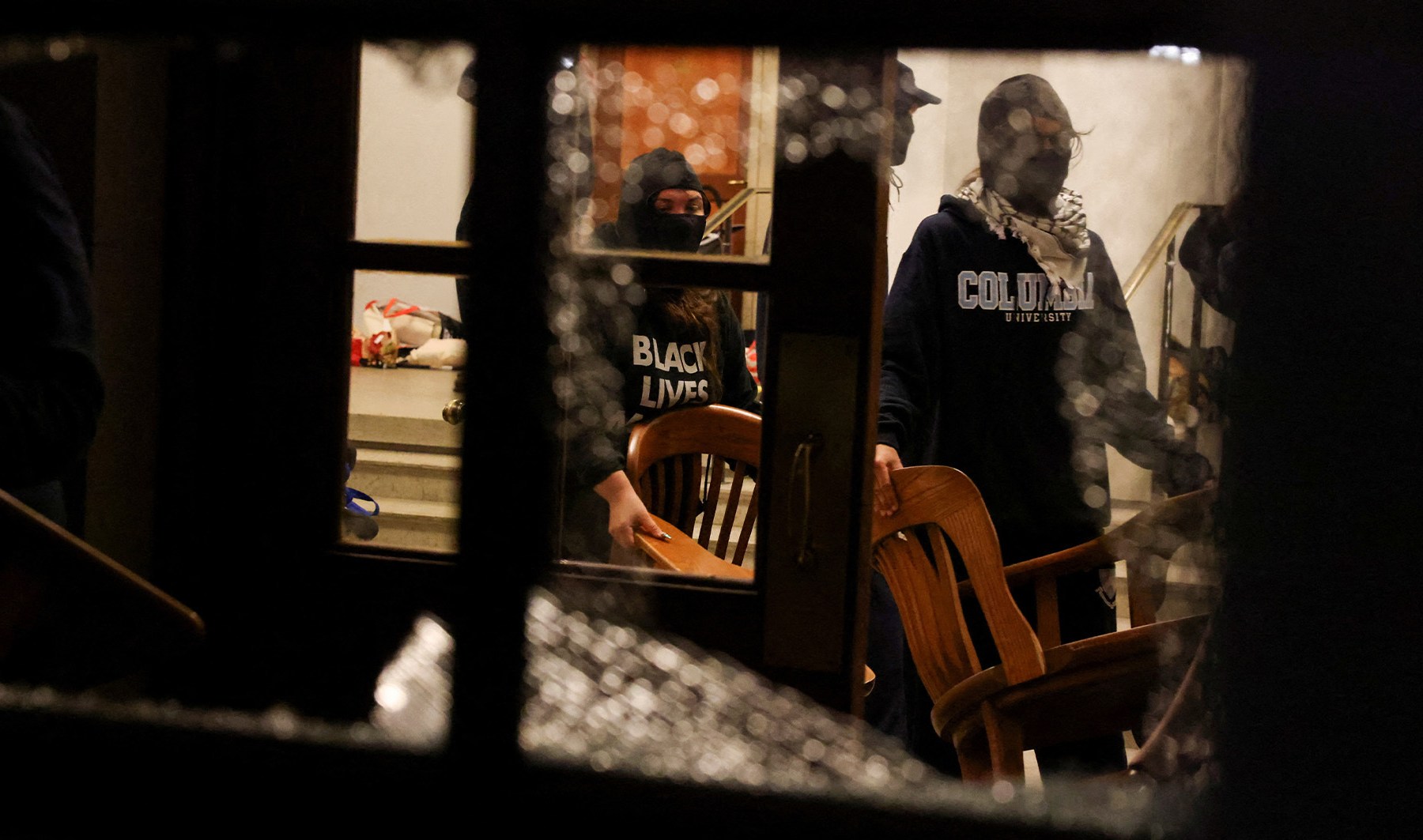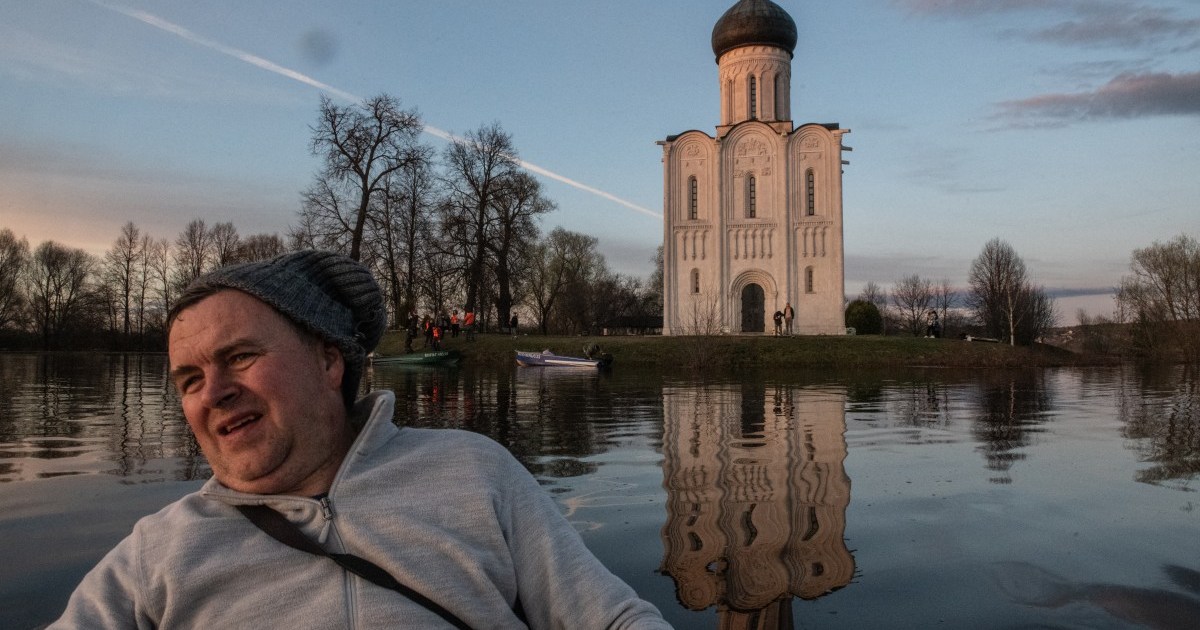Flour massacre: How Gaza food killings unfolded, and Israel’s story changed | Israel War on Gaza News
At least 112 Palestinians have been killed and more than 750 wounded after Israeli troops opened fire on hundreds waiting for food aid southwest of Gaza City.
Here is what we know:
What happened and when?
The incident unfolded at about 04:30 local time (02:30 GMT) on Thursday, when people congregated at Harun al-Rashid Street in Gaza, where aid trucks carrying flour were believed to be on the way.
A convoy of aid trucks passed through the checkpoint, heading north, as people started gathering in large groups. According to the Israeli military, a convoy of 31 trucks entered Gaza but nearly 20 entered the north on Monday and Tuesday.
As people gathered in large groups waiting for much-needed aid, they were shot at by all kinds of military equipment, Al Jazeera’s Hani Mahmoud, reported from Rafah. According to a report by the Associated Press, people pulled boxes of flour and canned goods off the trucks.
After the first round of shooting stopped, people returned to the trucks, only for the soldiers to open fire once more.
“After opening fire, Israeli tanks advanced and ran over many of the dead and injured bodies,” Al Jazeera’s Ismail al-Ghoul said, reporting from the scene.
Where did the shooting take place?
Palestinian authorities said the incident took place on al-Rashid Street at the Nabulsi Roundabout on the southwestern side of Gaza City.
This is in northern Gaza, where food deliveries have been scarce. The first deliveries in over a month arrived this week.
This happened one day after Carl Skau, deputy executive director of the World Food Programme (WFP), told the United Nations Security Council more than 500,000, or one in four people, were at risk of famine, with one in every six children below the age of two considered acutely malnourished.
How do Palestinian witnesses describe what happened?
Palestinians in Gaza said that Israeli forces conducted a massacre by firing on a crowd of people who were waiting to collect desperately needed food aid.
According to Al Jazeera’s Mahmoud, the more he spoke to people, “the clearer it became they felt it was a trap, an ambush”.
“We had come here to get our hands on some aid. I have waiting since noon yesterday. At about 4:30 in the early morning trucks started to trickle in. The Israelis just opened random fire on us as if it was a trap. Once we approached the aid trucks, the Israeli tanks and warplanes started firing on us,” a witness at the scene told Al Jazeera.
Witnesses said that the stampede happened as a result of Israeli firing and that the trucks also rolled over wounded people, adding to the death toll. Al Jazeera has verified that donkey carts were used to take people to hospital because no ambulances could reach the area.
“We were going to bring flour … then Israeli snipers shot at us,” another person in the area told Al Jazeera. “They shot me in the leg. I’m unable to stand up,” he added.
What did Israel say?
The Israeli military said the trucks were managed by private contractors as part of an aid operation overseen by them for the past four nights.
But the Israeli version of events changed over the course of the day.
Reporting from occupied East Jerusalem, Al Jazeera’s Bernard Smith said the Israeli military “initially tried to pin the blame on the crowd”, saying that dozens were hurt as a consequence of being crushed and trampled in a stampede when aid trucks arrived.
“And then, after some pushing, the Israelis went on to say that their troops felt threatened, that hundreds of troops approached their troops in a way they posed a threat to them so they responded by opening fire,” Smith added. But they didn’t explain how those people posed a threat.
Witnesses insisted that the stampede happened only after Israeli troops started firing at people looking for food.
What is the current situation with aid in Gaza?
Since the war started, aid agencies claim that Israel has been delaying deliveries. Israel denies the allegation.
“The risk of famine is being fuelled by the inability to bring critical food supplies into Gaza in sufficient quantities, and the almost impossible operating conditions faced by our staff on the ground,” Skau said.
He described dangerous conditions for WFP trucks trying to get food to the north earlier this month. “There were delays at checkpoints; they faced gunfire and other violence; food was looted along the way; and at their destination, they were overwhelmed by desperately hungry people,” he added.
A month ago, the International Court of Justice (ICJ) in The Hague said Israel must do everything to prevent genocidal acts in the territory.
But according to human rights groups, including Amnesty International and Human Rights Watch, Israel “failed to take even the bare minimum steps to comply”.
The number of trucks decreased by 40 percent since the ICJ ruling, according to the United Nations Office for the Coordination of Humanitarian Affairs (OCHA).
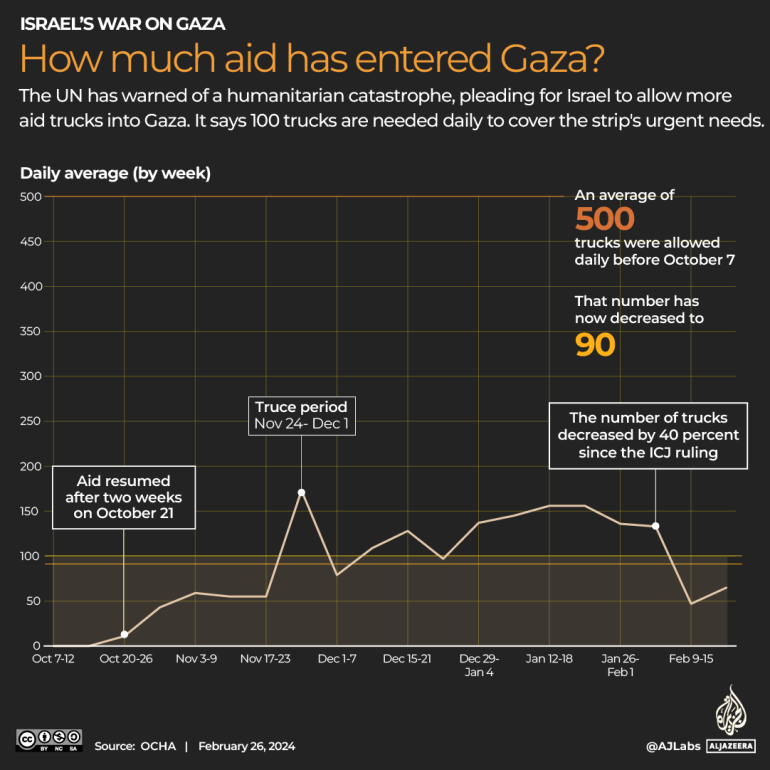
What have been the reactions?
The office of Palestinian Authority President Mahmoud Abbas condemned what it described as an “ugly massacre conducted by the Israeli occupation army”.
UN’s chief Antonio Guterres also condemned the incident.
“I condemn Thursday’s incident in Gaza in which more than 100 people were reportedly killed or injured while seeking life-saving aid,” he said. “The desperate civilians in Gaza need urgent help, including those in the north where the UN has not been able to deliver aid in more than a week.”
I condemn Thursday’s incident in Gaza in which more than 100 people were reportedly killed or injured while seeking life-saving aid.
The desperate civilians in Gaza need urgent help, including those in the north where the @UN has not been able to deliver aid in more than a week.
— António Guterres (@antonioguterres) March 1, 2024
The US government said it was seeking answers from Israel- though it refused to condemn the killings directly.
“Far too many innocent Palestinians have been killed over the course of this conflict, not just today, but over the past nearly five months,” State Department spokesman Matthew Miller said at a press briefing.
“We have been in touch with the Israeli Government since early this morning and understand that an investigation is under way. We will be monitoring that investigation closely and pressing for answers,” Miller added.
Jordan’s Ministry of Foreign Affairs condemned the attack as well.
“We condemn the Israeli occupation forces’ brutal targeting of the gathering of Palestinians who were waiting for aid on the Nabulsi roundabout near Al-Rashid Street in Gaza,” it said in a statement.
Saudi Arabia called on the international community “to take a firm stance by obliging Israel to respect international humanitarian law”.
Colombia’s President Gustavo Petro said his government was suspending purchases of weapons from Israel.
Pidiendo comida, mas de 100 palestinos fueron asesinados por Netanyahu. Esto se llama genocidio y recuerda el Hocausto así a los poderes mundiales no les guste reconocerlo.
El mundo debe bloquear a Netanyahu. Colombia suspende toda compra de armas a Israel. https://t.co/o5aLu7DCA6
— Gustavo Petro (@petrogustavo) February 29, 2024
“Asking for food, more than 100 Palestinians were killed by Netanyahu,” Petro said. “This is called genocide and is reminiscent of the Holocaust even if the world powers do not like to recognise it. The world must block Netanyahu. Colombia suspends all purchases of weapons from Israel,” he said on X.
In France, President Emmanuel Macron also expressed “strongest condemnation”.
Deep indignation at the images coming from Gaza where civilians have been targeted by Israeli soldiers.
I express my strongest condemnation of these shootings and call for truth, justice, and respect for international law.
— Emmanuel Macron (@EmmanuelMacron) March 1, 2024
What does this mean for the war?
Thursday’s killing is one of the deadliest single incidents in Israel’s war on Gaza.
It also took place amid negotiations between Israel and Hamas were happening that were aiming to bring a deal to pause the fighting and allow humanitarian aid into Gaza.
After the shooting, Hamas released a statement warning it could stop taking part in negotiations.
On Monday, US President Joe Biden was optimistic and said he hoped there would be a ceasefire by “next Monday”.
However, Israel and Hamas both subsequently downplayed prospects of an early breakthrough in their talks, and Biden later acknowledged a truce might take time.
According to the White House, Biden was recently in touch with the leaders of Qatar and Egypt in efforts to continue the negotiations.
President Biden had calls today with Amir Al-Thani of Qatar and President Al-Sisi of Egypt about the war in Gaza, efforts to secure the release of hostages held by Hamas, and the urgency of expanding the flow of humanitarian assistance. pic.twitter.com/aVQSqBD1gq
— The White House (@WhiteHouse) March 1, 2024
Check out our Latest News and Follow us at Facebook
Original Source

